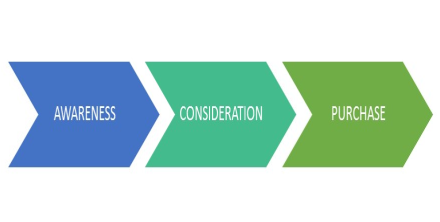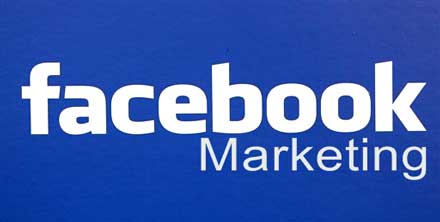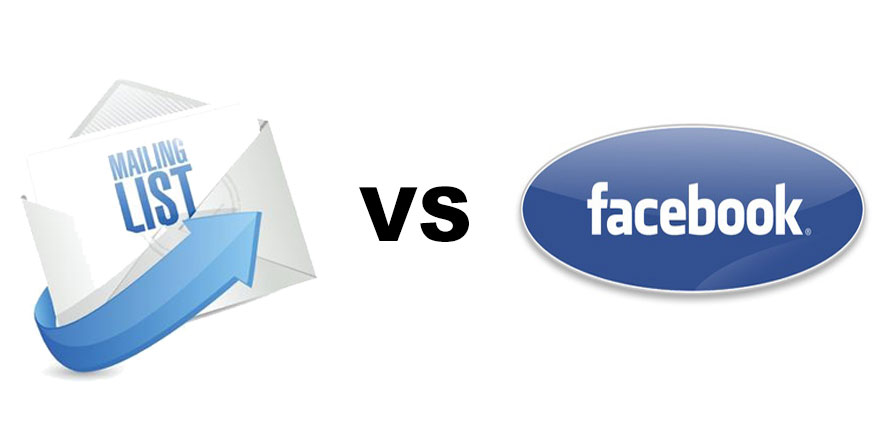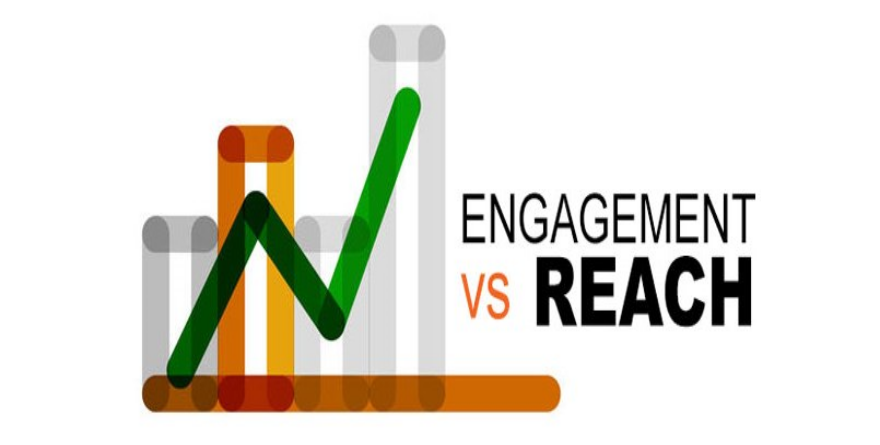The importance of branding cannot be overstated. Whether it’s an eCommerce site, an information site, or even an affiliate site – a professional design and brand is crucial. Yet, for some reason, I constantly see and hear marketers claim that a website isn’t worth anything unless earning can be proven. Really? So, what you are saying is that if I am an entrepreneur and I go the DIY route for a brand new project and build a website like this one, I shouldn’t be interested in purchasing one that looks like this…
…because it isn’t earning any money yet?
Come again?
Look, the first site isn’t "terrible" – BUT – which one looks more professional to you? I mean, seriously, the minute someone tells me that a website has "no value" simply because it’s not earning anything yet, I immediately know that said person has zero understanding of consumers, trust, branding, and the relationship among the three. If you are a "marketer" and do not understand these things, can you really call yourself a marketer?
Look at the two websites linked above. Which website are you more likely to trust? Which one looks more professional and trustworthy to you? Now, keep in mind that there are thousands (maybe even millions) of people who think just like you. Why wouldn’t you want to put your best foot forward, so to speak, with a well-designed and professionally branded website?
Starter Websites…
A “starter website” is typically a newly-built website with no history of earnings or revenue. Often, starter websites won’t even have content on them. Because starter websites are pretty bare, they can often be purchased for under $300. The lower-quality starter websites typically start at around $50 or less while the higher-quality ones (the ones you should be looking at) will often be available for $200-$400.
When considering whether or not a "starter" website is something to invest in, you need to think about how much time you are going to spend building your own site (or hiring someone to do it for you). You need to consider the costs and you need to think about what the finished product is going to look like if you do it yourself. Is it going to positively represent your brand or project? Is it going to come off a bit to "amateurish"? Is it going to cost $900? These are all very important t questions to think about.
Keep in mind that most established businesses pay tens or even hundreds of thousands of dollars for a well-designed and branded website when they are ready to take their business online. How much do you think Walmart paid for the Walmart.com website when it was first put into production? How about Home Depot’s homedepot.com? Their websites were not making any money when they were first built.
For me, it’s a no-brainier. If you come across a starter website that’s for sale and you feel that it looks good and would reflect your brand or project in a positive light, snatch it up! Remember, the idea behind a "starter" website is that it serves as a foundation. Who cares if it’s making money right now – that’s not why you are purchasing it. You are purchasing it so you can give your brand a good look.
So, the next time you hear someone say that a “starter website" isn’t worth anything because it isn’t earning money yet, think about how the website being referenced can help you project a professional image and how that can help you increase profits.
Do You Need an Affordable, Yet Professional Website for Your Business or Project?
Complete the form below and we will be in touch to discuss your needs

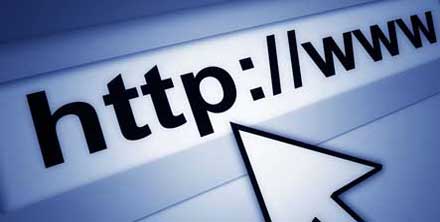
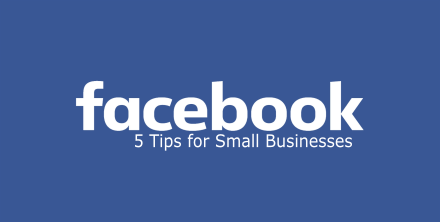
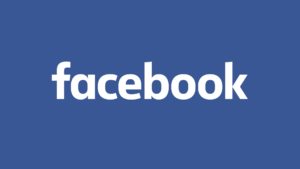 Join me for a free 1-Hour (LIVE) webinar and learn how to drive revenue with Facebook marketing. Tune in 8/10 at 7:30 p.m. ET.
Join me for a free 1-Hour (LIVE) webinar and learn how to drive revenue with Facebook marketing. Tune in 8/10 at 7:30 p.m. ET.  Establish a Community
Establish a Community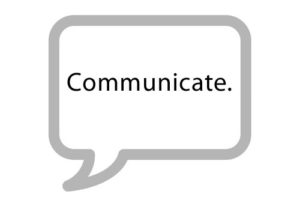 Humans are creatures of habit – we don’t like change or inconsistency. We expect some semblance of routine. When utilizing Facebook to reach your customers and grow your brand, you need to make sure that you stick to a schedule. You’ll want to post content to your Facebook page at least a few times per week – preferably, once or twice per day.
Humans are creatures of habit – we don’t like change or inconsistency. We expect some semblance of routine. When utilizing Facebook to reach your customers and grow your brand, you need to make sure that you stick to a schedule. You’ll want to post content to your Facebook page at least a few times per week – preferably, once or twice per day.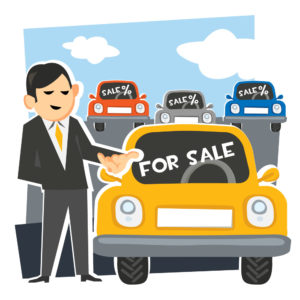 Do Not Sell
Do Not Sell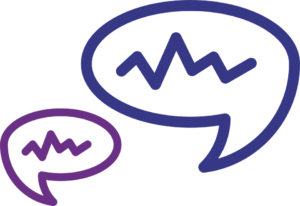 As I mentioned earlier, Facebook rewards engaging content with more reach and more traffic. Simply stated, the more people who like, share, and comment on your Facebook posts, the more people Facebook will show that content to. Taking advantage of Facebook’s algorithms is critical to growing your business while reducing costs.
As I mentioned earlier, Facebook rewards engaging content with more reach and more traffic. Simply stated, the more people who like, share, and comment on your Facebook posts, the more people Facebook will show that content to. Taking advantage of Facebook’s algorithms is critical to growing your business while reducing costs.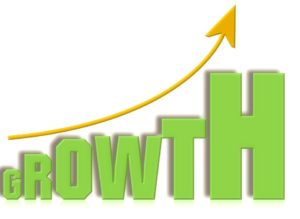 Continue Growing Your Fan Base
Continue Growing Your Fan Base